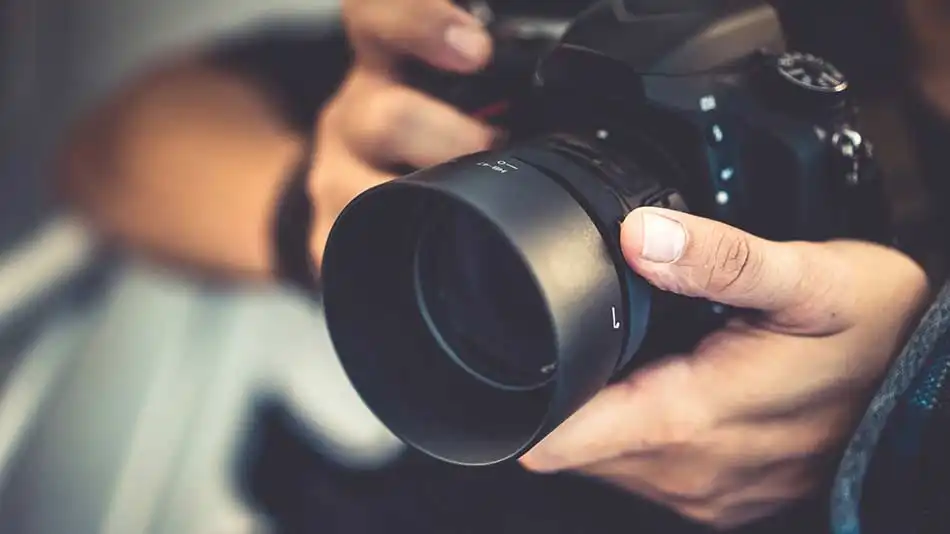How to look through a telescope using a DSLR camera effectively
If you've ever dreamed of capturing the mesmerizing beauty of the universe, understanding how to look through a telescope using a DSLR camera can offer you breathtaking results. This intricate process can seem daunting, but with the right techniques, equipment, and a bit of patience, you'll soon find yourself taking awe-inspiring photographs of celestial bodies.

Choosing the Right Telescope for DSLR Astrophotography
Your first step in mastering how to look through a telescope using a DSLR camera is selecting the appropriate telescope. Professional photographers need a telescope with excellent optics, robust build quality, and precise focusing capabilities.
Reflector vs. Refractor Telescopes: Which to Choose?
Two primary types of telescopes exist: reflectors and refractors. Refractor telescopes use lenses, providing clear views of planets and distant stars. On the other hand, reflector telescopes use mirrors, often offering larger apertures for a given price, making them great for deep-sky photography.

Setting Up Your DSLR for Telescope Photography
Once you've chosen your telescope, it's time to set up your DSLR. The key is to ensure that your DSLR is compatible with your telescope's eyepiece. Many professional photographers prefer using a T-ring adapter, which attaches the camera body directly to the telescope.
Aligning the Telescope and Camera
Proper alignment is crucial to capturing sharp images. Start by aligning your telescope with a bright star or planet. Then, adjust the focus until the star becomes a sharp point of light. This will help you ensure that the camera is also correctly focused.

Astrophotography Techniques and Tips
Understanding how to look through a telescope using a DSLR camera involves mastering several techniques. Here are some tips to get you started:
- Use a remote shutter release: Avoid camera shake by using a remote shutter release or the camera's timer function.
- Experiment with ISO settings: Start with a low ISO to reduce noise, and gradually increase it to see how it affects image quality.
- Take multiple exposures: To capture detailed images, take several exposures and stack them using software like DeepSkyStacker.

Processing Your Astrophotography Images
After capturing your images, the next step is processing. Using software such as Adobe Photoshop or Lightroom, you can enhance the details and colors of your photos, bringing out the hidden beauty of the cosmos.
Stacking and Layering Techniques
Stacking involves combining multiple exposures to reduce noise and increase detail. Layering allows you to bring out different aspects of the image, such as enhancing the contrast of nebulae or the brightness of stars.
Common Challenges and How to Overcome Them
Even seasoned professionals face challenges in how to look through a telescope using a DSLR camera. Here are some common issues and their solutions:
- Tracking errors: Ensure your mount is polar-aligned and use auto-tracking for long exposures.
- Light pollution: Use filters specifically designed to reduce light pollution, or choose a location far from city lights.
Conclusion
Mastering how to look through a telescope using a DSLR camera opens up a world of astronomical adventures. With the right equipment, techniques, and a touch of curiosity, you'll be on your way to capturing stunning images of the universe. Happy shooting!
For more in-depth guides and tips on DSLR photography, visit Finding the Universes DSLR Camera Guide.
FAQs
What type of telescope is best for DSLR astrophotography?
Reflector telescopes are often preferred for their larger apertures, but refractors offer excellent image clarity. The best type depends on your specific needs and budget.
Do I need special adaptors to connect my DSLR to a telescope?
Yes, a T-ring adapter is commonly used to attach a DSLR camera directly to a telescope, ensuring a secure and stable connection.
How do I reduce noise in my astrophotography images?
Taking multiple exposures and stacking them using specialized software can significantly reduce noise and enhance image quality.
As an Amazon Associate, I earn from qualifying purchases.

